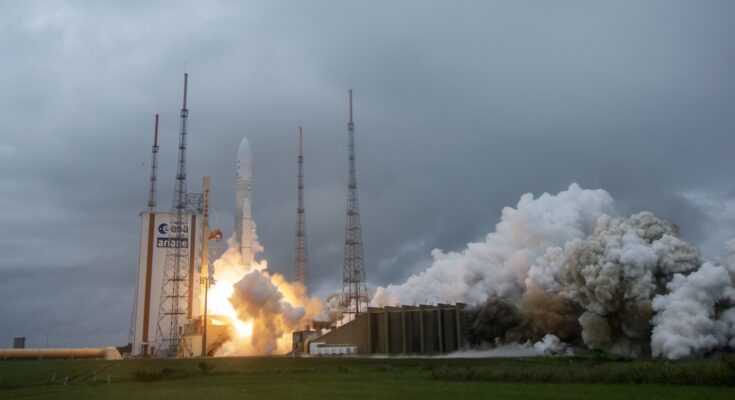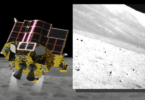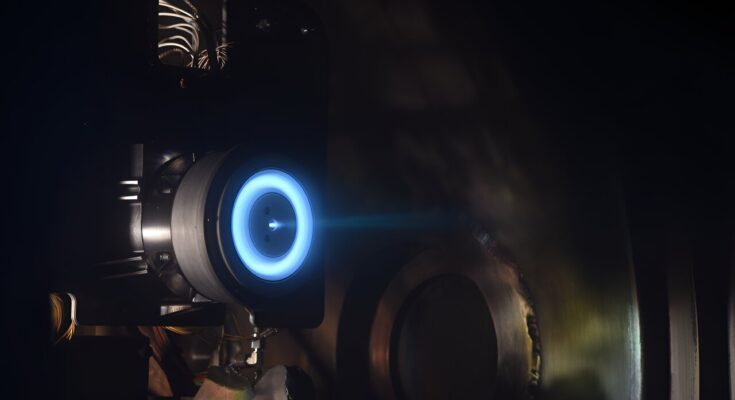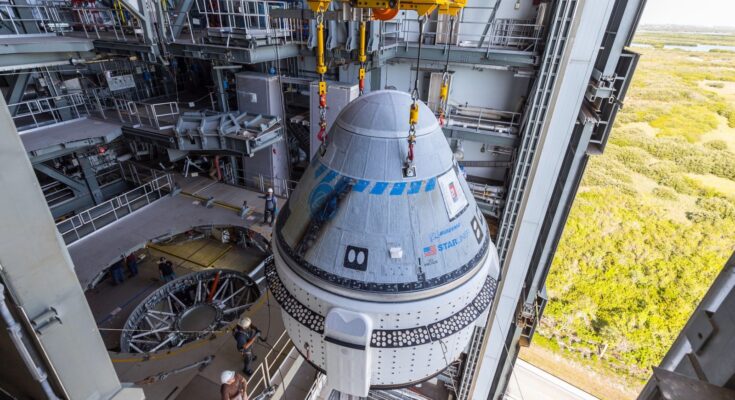On Christmas Day, 2021, the Ariane 5 rocket jumped from its launch site in French Guiana. In the nose of the rocket was the long-awaited James Webb Space Telescope (JWST). JWST was designed to do several tasks, but one of the most important was to study the first stars and the galaxies that came into being. The telescope worked beautifully; however, some concerns have been reported.
When JWST looked at the sky for the first time, it seemed that it found galaxies that were not completely explained by accepted theory. Astronomers were concerned that our understanding of the early Universe was wrong and that cosmology was broken. Some media reports have even suggested that the Big Bang is false.
However, a new paper published in Physical Examination Letters strongly suggests that the difference was not in our understanding of the evolution of the universe but in how the first stars were formed.
Astronomers have long thought they understood how galaxies formed. First, small constellations were formed. These groups were then brought together to produce children’s constellations. Then the baby galaxies merged into the giant clusters we see today. This process, from the first stars to mature galaxies, was expected to take about a billion years.
Because our Universe is about 14 billion years old, we needed a facility that could look back in time and collect the necessary data to verify this theory. That’s where JWST came in.
The space telescope was designed to detect infrared light, with good performance in the wavelength range from 0.6 to 28.5 micrometers. These wavelengths are very long and do not at all represent the light produced by the first stars. Indeed, the first stars were very hot and emitted blue ultraviolet light, which is beyond what JWST can see.
However, as the Universe expanded over the years, the wavelengths of light traveling through it expanded, turning the white-hot light of the first stars into invisible infrared.
Just a few weeks after JWST went into operation, astronomers discovered a large, bright galaxy that was originally thought to have existed only 250 million years after’ let the Universe begin. The name of this galaxy is CEERS-93316. Conventional theory predicted that such a galaxy would never happen. Subsequent observations saw other well-developed galaxies, though none as old as CEERS-93316.
Determining the age of ancient galaxies requires a detailed measurement of the light emitted by the galaxy, and previous observations did not use the right tools to determine CEERS-93316’s age. After using better instruments, astronomers discovered that CEERS-93316 was not as old as they first thought, causing some relief in the astronomy community.
However, the age of some large and relatively ancient groups was confirmed by further analysis. The existence of well-developed galaxies early in the history of the Universe continued to challenge the accepted theory of astronomy, and scientists began to examine whether our understanding of the universe The first part of the history of the universe needed to be corrected.
A new paper suggests that a different explanation is needed. The authors compared the JWST data with data taken earlier by the famous Hubble Space Telescope (HST). HST was able to see a much reduced portion of the infrared light but it was coherent enough to compare the results of both telescopes.
If the answer to the question of what appears to be the first large and bright galaxies in the JWST data involves changing the theory of galaxy formation, then researchers should expect to see a corresponding change in the HST data. . However, HST’s opinion strongly opposes any changes in that theory.
So what can explain JWST’s attitude? Astronomers have come up with another explanation. Instead of introducing a new theory of the evolution of the universe, some researchers proposed that the existence of proto-massive stars could explain the observation of bright primordial galaxies. was unexpected.
Modern stars are often compared in mass to our Sun. However, these researchers believe that the stars in the early Universe could be a hundred times more massive than the Sun. Such massive stars would be extremely bright, and the first few bright stars would look exactly like many of today’s. This could explain the records of the first massive galaxies.

Another possible solution involves the process by which clouds of hydrogen and helium gas become stars. In modern times, these clouds form stars with a known probability. If astronomers see a certain amount of star formation in the recent galaxy, they can sense the amount of hydrogen gas in the galaxy and see its abundance.
However, perhaps early in the Universe, star formation was more successful, and it proved easier for clouds to become stars. If that were true, then the observation of the formation of the first stars would lead astronomers to estimate that the gas clouds of the first galaxies were much larger than they actually were. as he is. The result could be that scientists were tricked into thinking that the first galaxies were larger than they actually were.
Although the answer to JWST’s analysis of the first bright galaxies is not yet known, it seems that the processes of star formation in the first galaxies were different from today’s. If so, this means that we do not need to try to change our understanding of the formation of galaxies in the early Universe. Claims that the Big Bang theory was wrong appeared prematurely.
#mystery #James #Webb #Space #Telescope #breaking #universe






